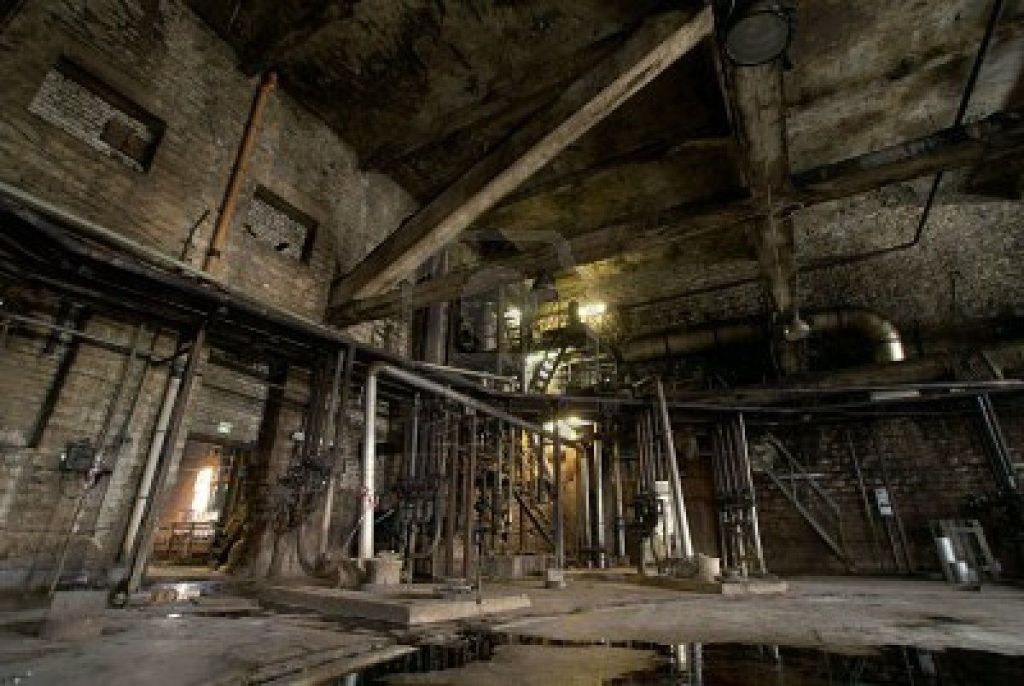Exploring the Historical Background of Urban Spaces
Urban exploration, or urbex, has gained significant popularity in recent years. It is an adventurous activity that involves exploring abandoned buildings, tunnels, and other man-made structures within urban areas. While urbexers often focus on the physical aspects of these spaces—their architecture, decay, and hidden treasures—it is equally important to delve into the historical background that shaped these places.
Understanding the historical context not only adds depth to our exploration but also helps us appreciate how cities have evolved over time. From forgotten factories to deserted hospitals and disused transportation systems, each location holds a story waiting to be uncovered.
One aspect of urban exploration that makes it so captivating is its ability to transport us back in time—to imagine what life was like during different eras. By studying the history of a particular site before venturing out, we can better understand its significance and appreciate its unique features.
Industrial Revolution: The Birth of Abandoned Factories
The Industrial Revolution marked a turning point in human history when traditional agrarian societies transitioned into industrialized ones. This period brought about rapid advancements in manufacturing processes and technology—leading to the rise of factories across urban landscapes.
Many abandoned factories found today were once thriving hubs of industry during this era. These massive structures were instrumental in shaping cities by providing employment opportunities for thousands while contributing significantly to local economies.
Exploring these neglected factories allows us to witness firsthand how industries have transformed over time. We can observe outdated machinery, remnants of production lines, and architectural elements specific to each period. Moreover, understanding their historical importance adds another layer of appreciation for their current state.
Medical Institutions: Healing Spaces Left Behind
Another fascinating aspect of urban exploration lies within abandoned medical institutions—hospitals, asylums, sanatoriums—that served as vital centers for healing communities throughout history.
These facilities often reflect societal attitudes towards mental health or medical practices prevalent at the time. By exploring them, we can gain insight into the evolution of medical treatments and the changing perceptions surrounding mental health.
For instance, some asylums built in the late 19th century were designed with grandeur and architectural splendor to promote a sense of tranquility. However, as medical understanding progressed, these institutions became outdated and eventually abandoned. Exploring their decaying corridors allows us to observe how mental healthcare has evolved over time.
Transportation Systems: Forgotten Networks Underground
Many cities boast extensive transportation systems—subways, tunnels, and underground passages—that have played a crucial role in shaping urban life. These networks not only facilitated movement but also served as vital infrastructures during times of war or crisis.
Exploring these forgotten underground spaces provides an opportunity to uncover hidden histories that lie beneath our feet. From secret wartime bunkers to disused subway stations that tell tales of past infrastructure projects or urban planning decisions—each location offers a glimpse into the city’s past.
For instance, beneath the streets of New York City lies an intricate network of abandoned subway stations known as “ghost stations.” These stations once served bustling neighborhoods but were closed due to changes in commuter patterns or technological advancements. Exploring these ghost stations gives us insights into how public transportation has developed and adapted over time.
Preserving History through Urban Exploration
Urban exploration is not solely about personal adventure; it can also play a part in preserving history for future generations. As urbexers document their findings through photographs, videos, and written accounts, they contribute to recording aspects of our past that might otherwise be forgotten or lost forever.
By sharing historical background information alongside visual documentation from explorations on platforms like websites or social media channels dedicated to urbex enthusiasts, we create an archive that educates others about our collective heritage.
Conclusion
While urban exploration is undoubtedly thrilling for its adrenaline-inducing adventures and visual marvels found within decaying structures, understanding the historical context of these spaces elevates the experience. By studying the past, we gain appreciation for the impact these locations had on shaping our cities and societies.
Exploring abandoned factories provides insights into industrialization and its influence on urban development. Venturing into forgotten medical institutions helps us understand the evolution of healthcare systems and societal attitudes towards mental health. Descending into underground transportation networks uncovers hidden histories that lie beneath our feet.
As urbexers, let us not only appreciate the aesthetic appeal of these places but also delve deeper into their historical significance. By doing so, we can ensure that these stories are preserved and passed down to future generations who will continue to explore urban spaces with curiosity and wonderment.

Leave a comment